This Bug Can Eat Plastic. But Can It Clean Up Our Mess?
- Carrie Arnold
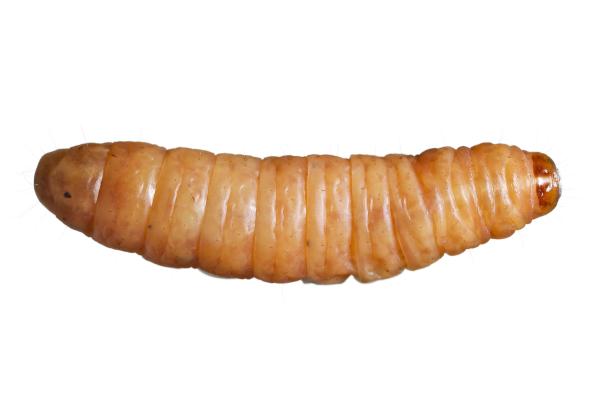
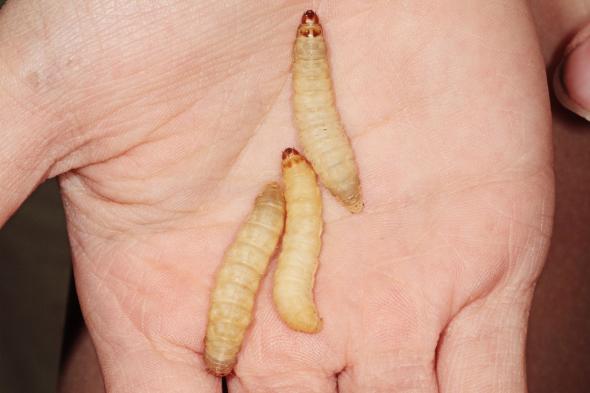
PHOTOGRAPH BY JONATHAN PLANT, ALAMY
Each year, the world produces 300 million tons of plastic, much of which resists degradation and ends up polluting every corner of the globe. But a team of European scientists may have found a unique solution to the plastic problem. They discovered that a common insect can chew sizable holes in a plastic shopping bag within 40 minutes.
“This study is another milestone discovery for the research on biodegradation of plastics,” says Wei-Min Wu, an environmental engineer at Stanford University.
The discovery was led by Federica Bertocchini, a developmental biologist at the University of Cantabria in Spain. She first noticed the possibility as she cleaned out her backyard bee hives two years ago.
She removed some wax worms (Galleria mellonella) living in the hive and placed them in an old plastic bag. When she checked the bag an hour later, however, she discovered small holes in the part of the bag with the larvae. Although Bertocchini wasn’t an entomologist, she guessed immediately what was happening.
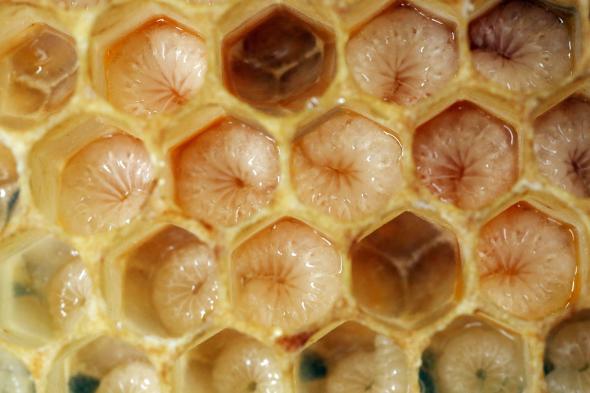
PHOTOGRAPH BY AGENCJA FOTOGRAFICZNA CARO, ALAMY
The larval form of a small moth, wax worms get their names because they live on the wax in bee hives. Like plastic, wax is a polymer, which consists of a long string of carbon atoms held together, with other atoms branching off the sides of the chain. Both wax and the polyethylene in Bertocchini’s plastic bag had a similar carbon backbone.
“Since they eat wax, they may have evolved a molecule to break it down, and that molecule might also work on plastic,” Bertocchini said.
SOLVING THE MYSTERY
Bertocchini teamed up with fellow scientists Paolo Bombelli and Christopher Howe to figure out how the wax worms were pigging out on plastic.
When they placed the worms on polyethylene plastic, they found that each worm created an average of 2.2 holes per hour. Overnight, 100 wax worms degraded 92 milligrams of a plastic shopping bag. At this rate, it would take these same 100 worms nearly a month to completely break down an average, 5.5 gram plastic bag.
WHICH INSECT EATS AND RECYCLES PLASTIC?
To rule out munching action from their jaws as the source of degradation, the team applied a soupy blend of recently deceased worms to the plastic and waited. Sure enough, they found the liquid larvae could also eat holes in plastic. This told Bertocchini and colleagues that an enzyme in the worms or the bacteria living in and on their bodies was dissolving the plastic.
That enzyme converted polyethylene into ethylene glycol, a chemical commonly used in antifreeze. Bertocchini hopes to identify the precise enzymes that break down polyethylene in future work.
SEARCHING FOR A SOLUTION
Scientists have searched for a way to biodegrade plastics for decades, says Uwe Bornscheuer, a biochemist at the University of Greifswald in Germany.
“Plastic pollution is a big global problem,” Bornscheuer said.

PHOTOGRAPH BY DAVID LIITTSCHWAGER, NATIONAL GEOGRAPHIC CREATIVE
In 2014, Wu and colleagues at Stanford University found that a gut bacterium in another species of wax worm could break down polyethylene, although it had different byproducts. A 2016 study identified the enzymes in a species of bacteria that could break down a type of plastic called poly(ethylene terephthalate).
“There are probably lots of other worm species out there that can degrade plastics,” he said.
To marine biologist Tracy Mincer at the Woods Hole Oceanographic Institute, the solution to plastic pollution needs to focus on producing less and recycling more.
“Polyethylene is a high-quality resin that can be up-cycled in many ways and can fetch up to $500 per tonne,” he said in an email. “In my opinion, although this is an amazing natural history story and wonderful academic exercise, it is not a solution for disposing of polyethylene as this is throwing away money.”
National Geographic

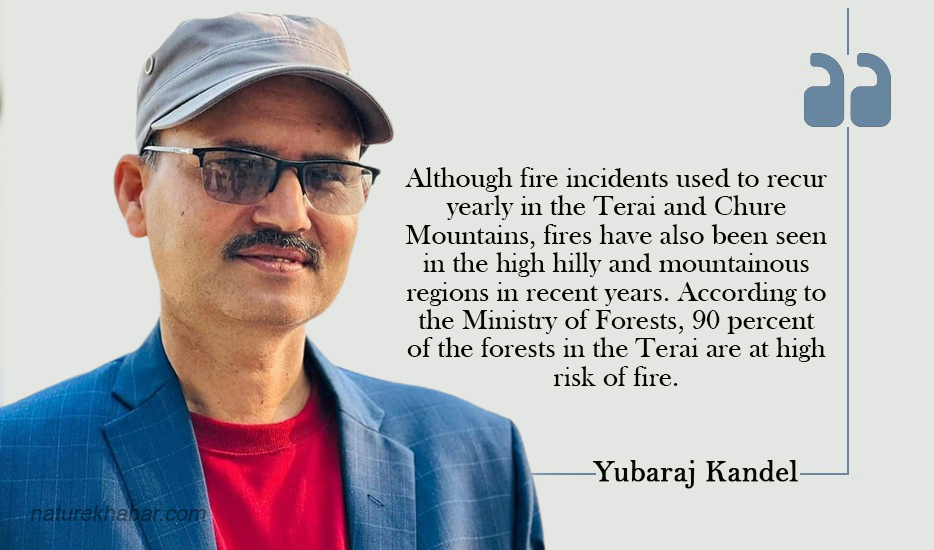

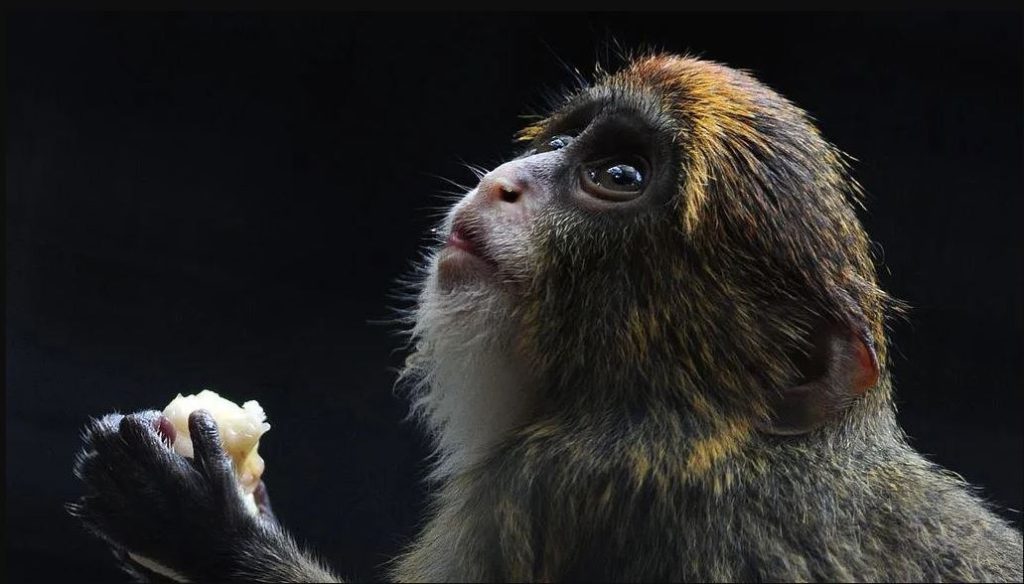

Feedback